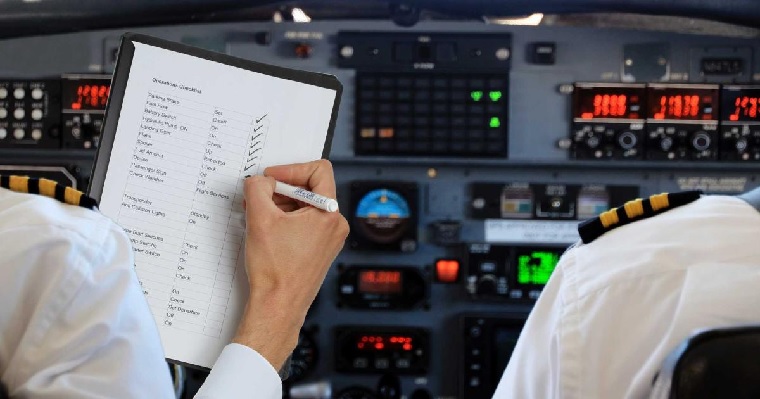Tool control is an important part of aviation safety that you cannot ignore. It prevents the dangers of Foreign Object Debris (FOD) and provides responsibility for each tool used. In particular, there are five essential areas that reinforce this tool control safety: Prevention of hazards, effective procedures, high-tech solutions to this problem, pilot accountability and careful planning of tool kits. By focusing on these factors, the risks of accidents due to misplaced tools can be reduced significantly. Therefore, keeping track of tools is not just desirable—it’s absolutely essential for maintaining a secure flying experience.
The FOD Hazard: Why Loose Tools Are Dangerous
Loose tools are serious FOD (Foreign Object Debris) risks and pose serious safety risks. When tools are left unsecured, they can damage important parts of the aircraft, like engines and flight surfaces, possibly leading to catastrophic outcomes. There are recorded cases where unsecured tools led to major safety problems. Any tool not properly stored can jeopardize safety, whether left inside a cabin panel or outside near critical systems. To combat this risk, strict policies must be enforced that ensure proper tracking and immediate return of equipment to its designated place after use.
Positive Tool Control: Disciplinary and Procedural Systems
Positive tool control is about keeping track of every tool in the aviation area. To help with this task, maintenance staff use checklists, logbooks, and even pictures of tools stored at workstations. Careful placement of equipment helps protect and keep track of every necessary tool. There’s a clear distinction between manual tool tracking methods and high-tech solutions. They both help maintain tool control; however, achieving quality requires consistent policies. Every worker needs to understand the importance of their job in maintaining strict tool control procedures. It can be difficult to keep this system in good shape, especially when people and shifts change.
Tech Solutions: Foam Inserts and Shadow Boards
Foam inserts and shadow boards help keep track of tools. With shadow foam, there are clear cutouts for each tool, making it easy to see which one is missing. It guarantees that no one forgets to put a tool back. These boards are strong and can handle different work environments commonly found in aviation. They help workers avoid human errors and reduce the time it takes to check for tools, leading to huge savings in costs. There have been many instances where using such procedures has prevented crashes caused by missing items. Using foam systems helps safeguard both maintenance operations and in-flight safety.
The Ideal Kit: Red Box Tool Kit
In the aviation sector, Red Box professional tool kits stand out for their quality and functional design. These kits use Skydrol‑resistant foam and Push Point Technology™ to ensure durable tool control. Every item is carefully arranged to allow quick visual and physical confirmation that it’s in place. Benefits include custom laser-etched IDs, meeting FAA, EASA, and AS9110 standards. The portability of drawer cabinets and trolley cases makes them convenient for pilots and engineers alike. Many pilots prefer the compact Red Box tool kit as an efficient and regulated option for line maintenance, adding to its growing popularity in the aviation community.
Accountability Culture: Human and Organizational Factors
Aviation tool control relies on a strong culture of accountability that ties together proper equipment handling and strict policy enforcement. Important practices include ensuring that battery wiring and hardware are secured to avoid becoming FOD. Organizations must promote sterile practices and accountability in every maintenance task. Training programs, audits and constructive feedback loops are integral to this effort. You must encourage teamwork among pilots, mechanics, and support staff to create a robust tool control environment. Such collaboration significantly boosts safety and reduces FOD risks by ensuring everyone plays their essential role in monitoring and controlling tools.
Conclusion
Keeping airplanes safe requires precise tool management, which prevents avoidable risks from disrupting safety systems. Following strict procedures and using high-tech aids helps eliminate errors. Adopting a reliable toolkit helps keep track of every necessary object. More importantly, creating a culture centered on responsibility helps build a safer work environment. Safety in aviation cannot be taken lightly; management needs the entire crew to stay vigilant and committed to keeping aircraft secure. By focusing on these fundamental needs, aviation organizations make sure that they follow safety standards and regulations while offering secure air travel for everyone onboard.



